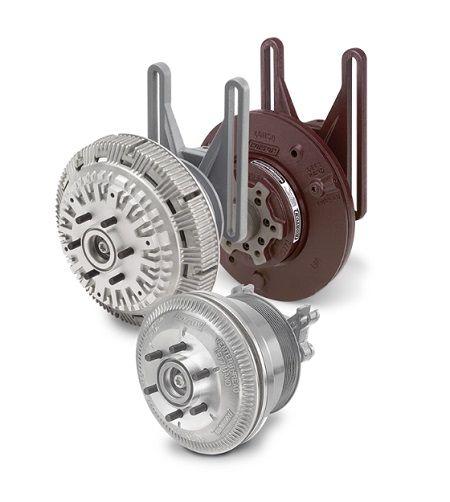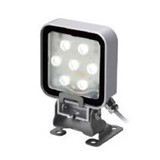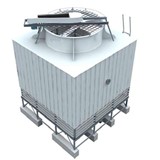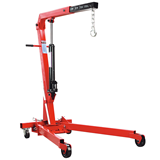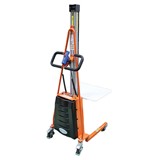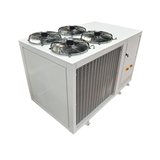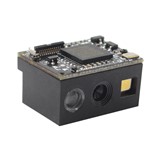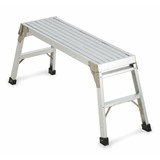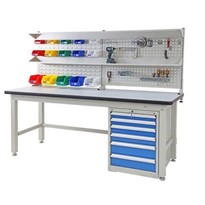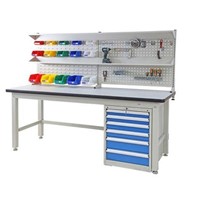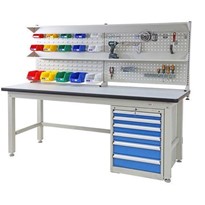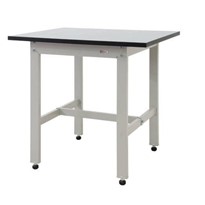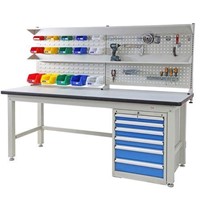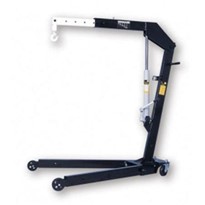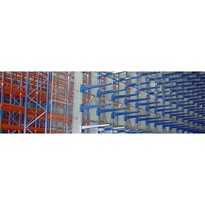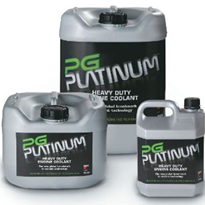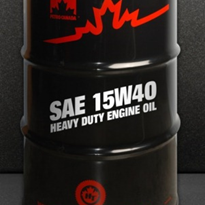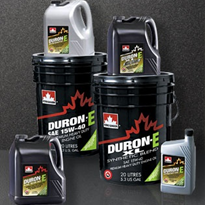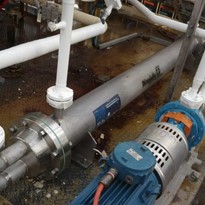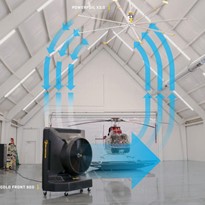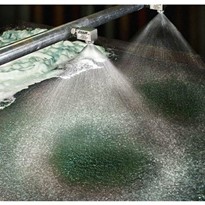But in conjunction with other hardware, fan-drive combinations that provide the optimal amount of airflow inside the engine compartment can have big impacts on performance, driver comfort and emissions.
And, of course, they also keep the engine block and cylinders from melting.
Most engine cooling systems in trucks, tractors, construction and mining equipment and power generators are liquid based. Usually, they consist of a radiator, water pump, thermostat, fan drive and fan.
Together, these components make sure gases used to fuel the engine stay at a temperature lower than the melting point of the cylinders they power. They can also help the vehicle run more efficiently and – in some cases – at a lower noise level.
Radiators come in a lot of shapes and sizes, but a gilled tube radiator is one of the most common. These radiators help send cool water through small channels in the engine block. Combined with ram air – air produced by movement – and air from the engine cooling fan, water from the radiator helps remove heat.

It’s aided by the water pump, which extracts hot and injects cooler liquid, which is often combined with alcohol to create a hybrid-type coolant.
An engine’s thermostat is like the one in your home or office. It reacts to optimum engine temperature requirements and actuates a valve that sends cool water from the radiator to the engine block.
The radiator thermostat works together with the fan drive, which makes the fan spin faster or slower depending on engine cooling.
The closer to the needed engine temperature a drive can get, the better it is for the engine, and the environment. Drives that deliver only as much cooling as needed help reduce parasitic loss, allowing the engine to better power the rest of the vehicle. They’re also quieter. And by cutting down on particulate matter, they help manufacturers and operators meet emissions regulations.

How?
Engines without a fan drive turn the fan directly via a pulley and belt mounted to the engine’s crank shaft. This spins the fan one speed regardless of how much cooling is needed, basically “stealing” energy that could be used for powering the drive train or other parts of the machine. With a fan drive, this energy is used more efficiently – meaning more performance and more optimised cooling.
Fan drives engage and disengage based on cooling needs and regulate fan speed accordingly. Older drives, like on/offs and two-speed versions, use a friction plate to slow down or speed up, while variable-speed drives are controlled by either a bi-metallic sensor or viscous fluid.
What’s the difference between a fan clutch and fan drive? Essentially, none, and common parlance sees them used interchangeably. If you want to get super technical, clutches are generally controlled by a friction plate while drives go the sensor or viscous route.
More technologically advanced and thus precise, viscous drives are popular in off-highway applications in the United States and both on- and off-highway vehicles internationally. The European Union tends to be about 10 years “ahead” of the United States, which has seen major on-road OEMs start to adopt viscous drives in the past few years. On/off and two-speed drives remain the norm in U.S. heavy-duty and vocational trucks.
Then there’s, of course, the fan. A seemingly simple component is available in a variety of materials, blade counts and blade sizes that all impact how much air is pushed toward the engine block and how fast that air moves.

There are three common types of engine cooling fans:
- Molded: These are the most popular in both on- and off-highway applications. Molded fans are usually made of plastic or nylon, and they come in one solid piece.
- Modular: These give customers the greatest flexibility by featuring a central hub that accommodates a variety of blade customisations.
- Metal: These tend to appear in off-highway applications most frequently. They’re strong and light with the ability to meet unique cooling requirements.


